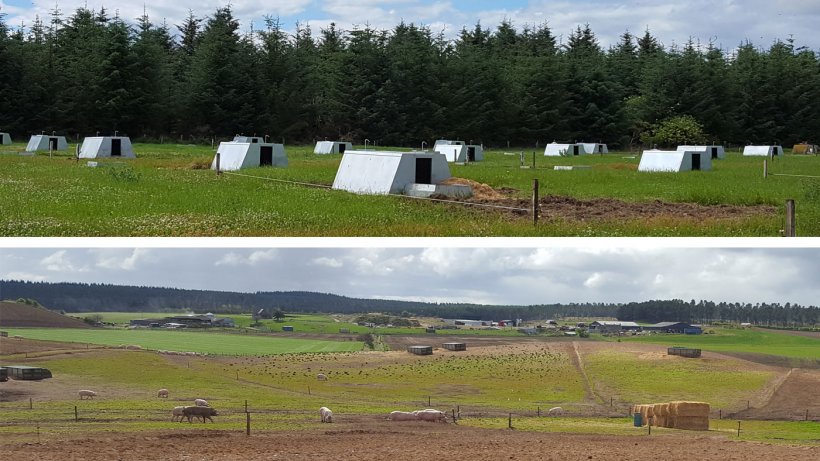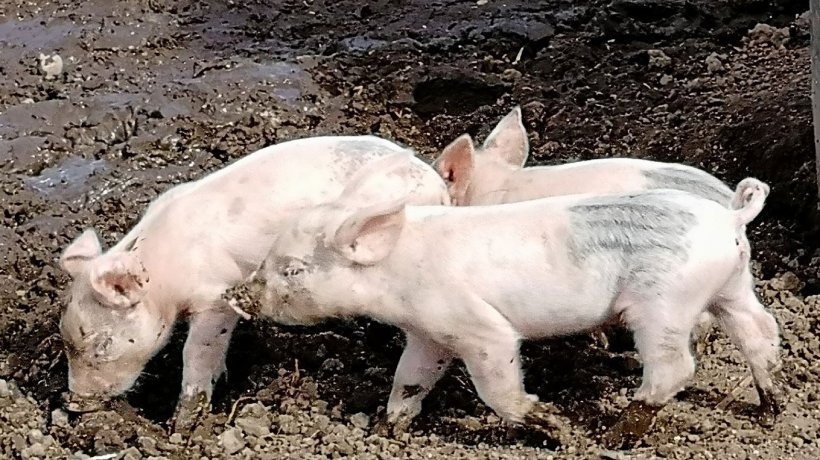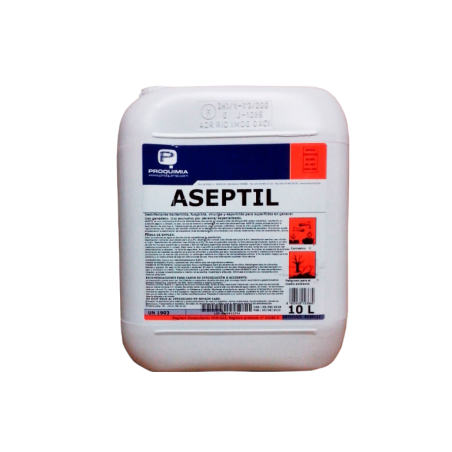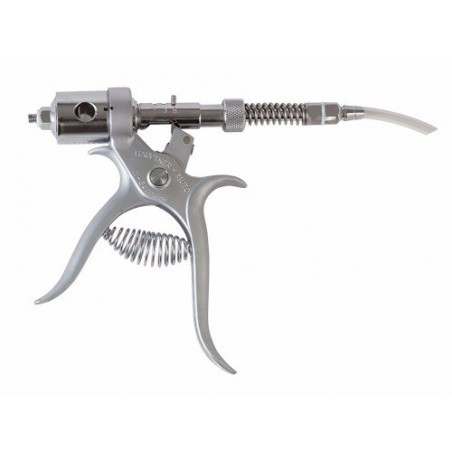Of the 400,000 sows in the United Kingdom, around 40% are bred on outdoor units. Many of these are part of the RSPCA Quality Assurance Programme that audits welfare and guarantees, amongst other things, that piglets are born outdoors and reared their whole life on straw. RSPCA Assured pigs carry a premium of between 6 and 10p (7-11 cents) per kg.
Outdoor farming has traditionally fallen behind its indoor counterpart on efficiency and output. However, over the past few decades it is catching up, partly promoted by the availability of specially selected outdoor genetic lines and investment from large producer groups. Some of the biggest supermarkets have now pledged to only sell fresh pork with the RSPCA Assured label, which provides a much more stable outlet. AHDB figures from 2017 revealed that the best 1/3 of outdoor farms managed to wean 26.33 pigs/sow/year with a pre-wean mortality of 11.18%, which is not far from the UK indoor average of 26.8 wn/s/y and 11.96% mortality.


One of the main weaknesses of outdoor pig farming is the lack of control over every aspect of the sows’ production cycle. The sow’s own biology recovers significance and it is the farmers job not to ‘take over’, as is sometimes the case in intensive indoor units, but to provide the right environment to allow the sow to produce and rear piglets. Despite its many limitations, outdoor farming is a different way of approaching pig production and it does have some management routines which should make us reflect when we tackle management and design of indoor farms.
Cleaning & disinfection
It wouldn’t be illogical to presume that as it is impossible to wash and disinfect facilities, lack of hygiene would be one of the main health issues for outdoor pigs. However, as long as the bedding is kept fresh and dry, this is not the case. Farms move ground every two years, bedding in the farrowing paddocks is removed or burnt after weaning when the farrowing paddock is emptied and nature’s own disinfectants, sun and drying, are taken full advantage of.
Piglets have access to straw, grass and earth in which to root from their first day of life, which contributes to the intestinal flora of an outdoor pig being much more varied and balanced than that of a piglet reared on slats. In a study carried out on mice, Sudo et al. (2004) found that germfree mice had a greater stress response and hypothalamic–pituitary–adrenal reaction than gnotobiotic or SPF mice. The exaggerated stress response could in part be corrected by recolonizing the bacterial flora of the GF mice with faces from SPF mice, but only if done at an early stage.

Excessive hygiene can place at risk the development of the intestinal microbiota and the immune system. Piglets kept in sterile conditions do not have any bacteria in their gut and their immune systems fail to develop. As soon as these piglets are placed in an environment containing bacteria, their intestines colonise and immune development is triggered. Piglets suckling sows on a commercial outdoor unit had a higher ratio of T-helper cells to inflammatory lymphocytes, which resulted in the outdoor piglets showing a reduced immune response to soya protein at weaning. Research carried out at Universities of Aberdeen and Bristol showed that the environment in the first day of life has a major impact on the families of bacteria that first colonise the gut, changing the conditions and making it more or less attractive for the families of bacteria which arrive later on. If piglets from indoor and outdoor conditions separated from their dams at one day old and mixed into the same clean and fumigated environment for eight weeks, the immune system of the piglets from the outdoor scenario reacted very differently to antigens in the environment compared to the indoor piglets. Giving antibiotics to very young animals completely changes the make-up of the first colonising bacteria, which can make piglets more susceptible to some types of diseases (Lewis, 2013).
Weaned piglets given faecal microbiota transplants from old sows showed fewer PCVAD-affected pigs and lower morbidity and mortality than the control group, as well as increased antibody levels following coinfection with PRRS and PCV-2 (Niederwerder et al. 2018).
Whilst we cannot advise to not wash and disinfect farrowing rooms, especially if there were a neonatal scour problem, maybe we should consider administration of a combination of desirable bacteria in the form of probiotics and/or prebiotics to adequately colonise the gut early in the piglets’ life. Unfortunately more research is still needed to identify the right combination. In human medicine it is common to transplant intestinal flora to re-establish the gut microbiota after surgery on the lower intestine.






